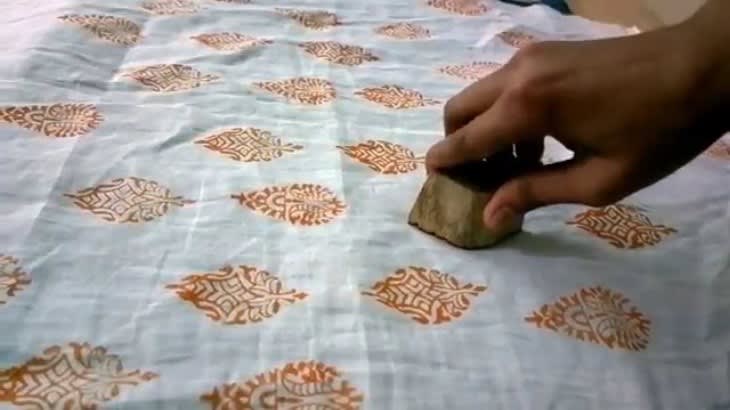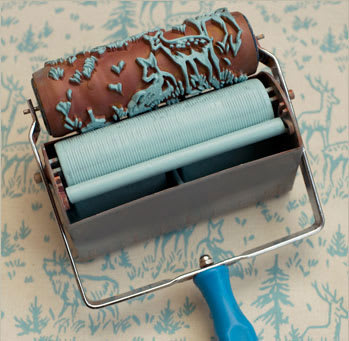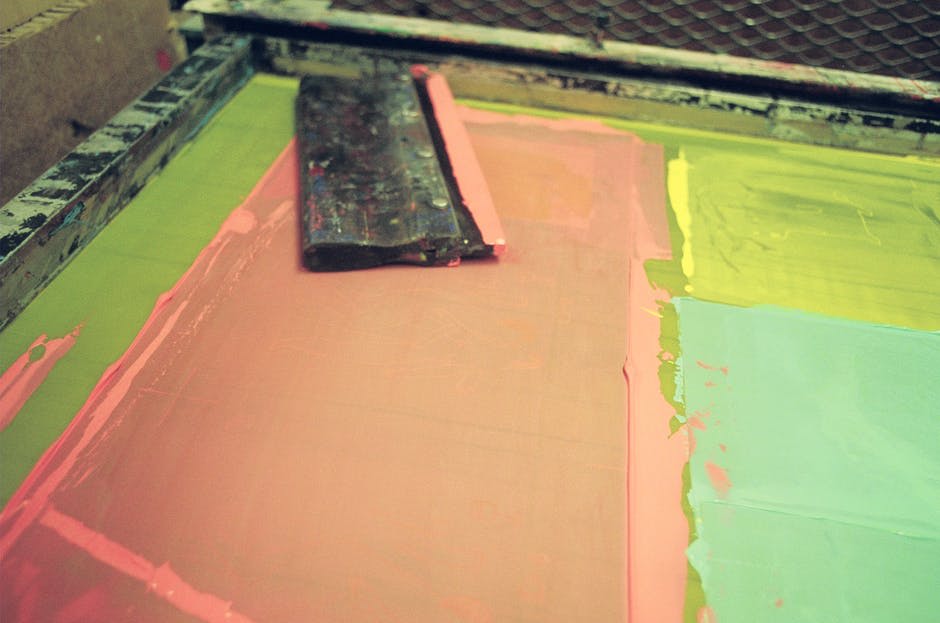What exactly do you understand by the term ‘dyeing and printing’? When you look around, every fabric is either dyed or printed. Be it the clothes you wear on a daily basis or the upholstery at home, everything has a splash of colour and print on it.
Dyeing and printing is known to be an ancient technique of enhancing the look of a fabric. As dyeing and printing is considered a beautiful art of surface ornamentation, it is predominantly taught in most fashion designing institutes.
Today, some of the most renowned fashion designers have reflected the ancient art of dyeing and printing in their collection. One such example is well known designer Ritu Kumar.
Ritu Kumar has been known to revive the old traditional techniques of dyeing and printing. Known as a revivalist, this global Indian designer has enriched every garment with the use of block printing. She has given a twist to contemporary silhouettes and crafted them with beautiful surface ornamentations like embroidery, prints and patterns.
Dyeing and printing has always had a great influence in fashion designing. Let us understand the concept of dyeing and printing and the relevance it holds in fashion designing.
About Dyeing

Dyeing is basically a process of adding colour to fabrics. This process is applied on three main stages- fiber, yarn and fabric. There are two factors that influence dyeing process- choice of dye as per the fabric and method of dyeing. Following are different dyeing methods:
Types of Dyeing Methods
Natural Dyes

Natural dyes involve natural colouring agents like seaweeds, resins, water, etc. These are extracted from nature and are mixed with other mordants for better prints. Kalamkari fabrics are the best examples of natural dyes. Here vegetable or natural colours are used to create beautiful art. The value for handcrafted fabrics is in great demand.
As most of textile knowledge comes from a fashion designing course, therefore being part of a textile designing class works to the advantage of students. With a perfect blend of theory and practical, the topic helps students understand the importance of dyeing and printing in fashion.
Direct Dyeing
In direct dyeing, no affixing agent is used. This method of dyeing is best suited for cotton, silk, wool, rayon, etc. as it is water soluble and can be directly applied to the fiber.
Yarn Dyeing
This process is applied after the fiber is spun into a yarn. Therefore, this method is combined with other process to create new patterns.
Origin of Printing
The concept of printing originated in the East. Printing was considered as an art of surface ornamentation. The art of printing was practiced in countries like India, China and Egypt.
Printing was done with the help of wooden block which had different designs engraved on it. Mostly natural colours from plants and animals were used for printing. Today stencils with various patterns are also widely used.
With many fashion institutes, Hamstech institute is one such place which has created dyeing and printing labs for its students. The hands-on training gives a clear understanding of the process.
Printing Methods
Following are the three main types of printing methods:
Block printing

In block printing, the surface of wooden blocks is carved into various designs. This block is then dipped into colour and pressed on the fabric. The disadvantage about block printing is that only one block can be used at a time.
Today block printing is combined with other types of embroidery like mirror, zari and thread work and used to create unique patterns
Roller printing

In roller printing, designs are etched on copper rollers. To coordinate with this, a separate roller containing colours is used. At the time of printing, each roller moves over the fabric under high pressure. As roller printed fabrics have a nice finish, the fabric is commonly used for summer dresses.
Screen printing

In screen printing, a mesh with a design is used. Areas around the design are blocked to resist colour. So when the colour is applied, it only goes through the print. This printing accepts heavy colours and thus produces good printing results. Screen printing works on any type of pattern.
The latest fashion trends have infused many styles by combining different dyeing and printing methods. Dyeing and printing has given a new edge to fashion. Designers have become very experimental by mixing-and-matching colours, styles, patterns and designs.
Dyeing and printing is no more restricted to clothing but is also applied to accessories and footwear.
Through your fashion education, create stunning patterns that compliment your design and printing skills.

